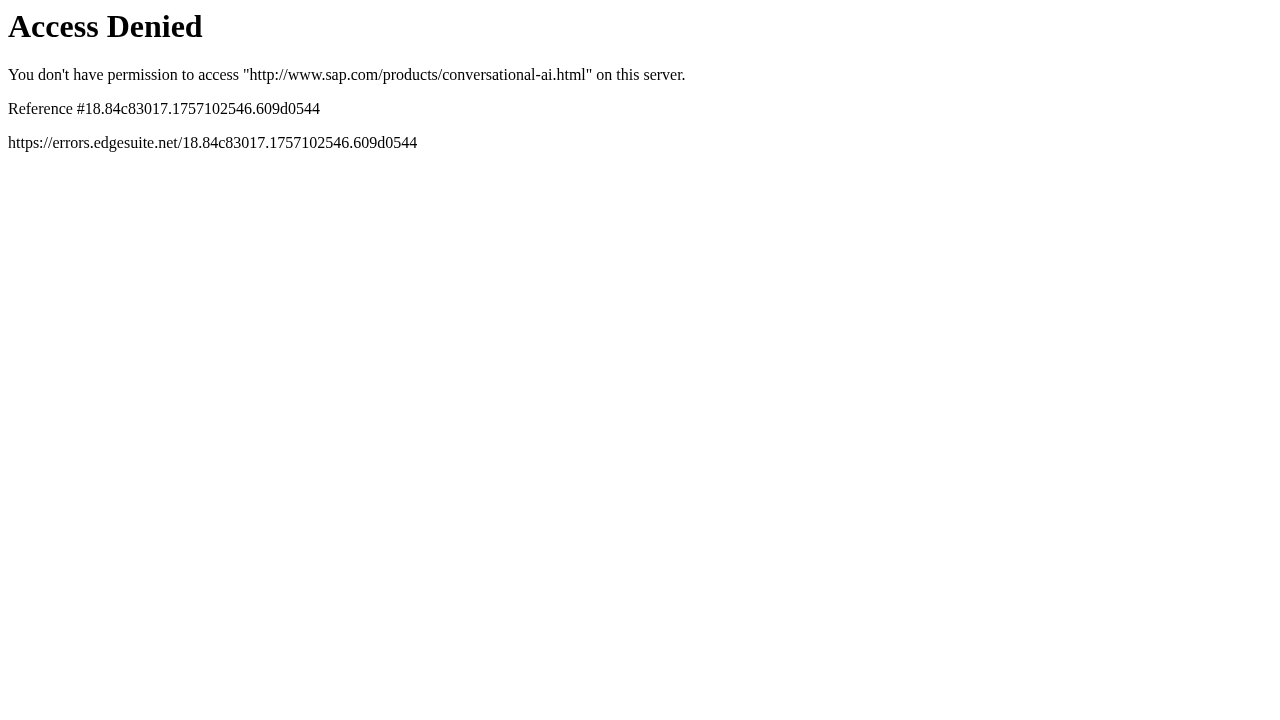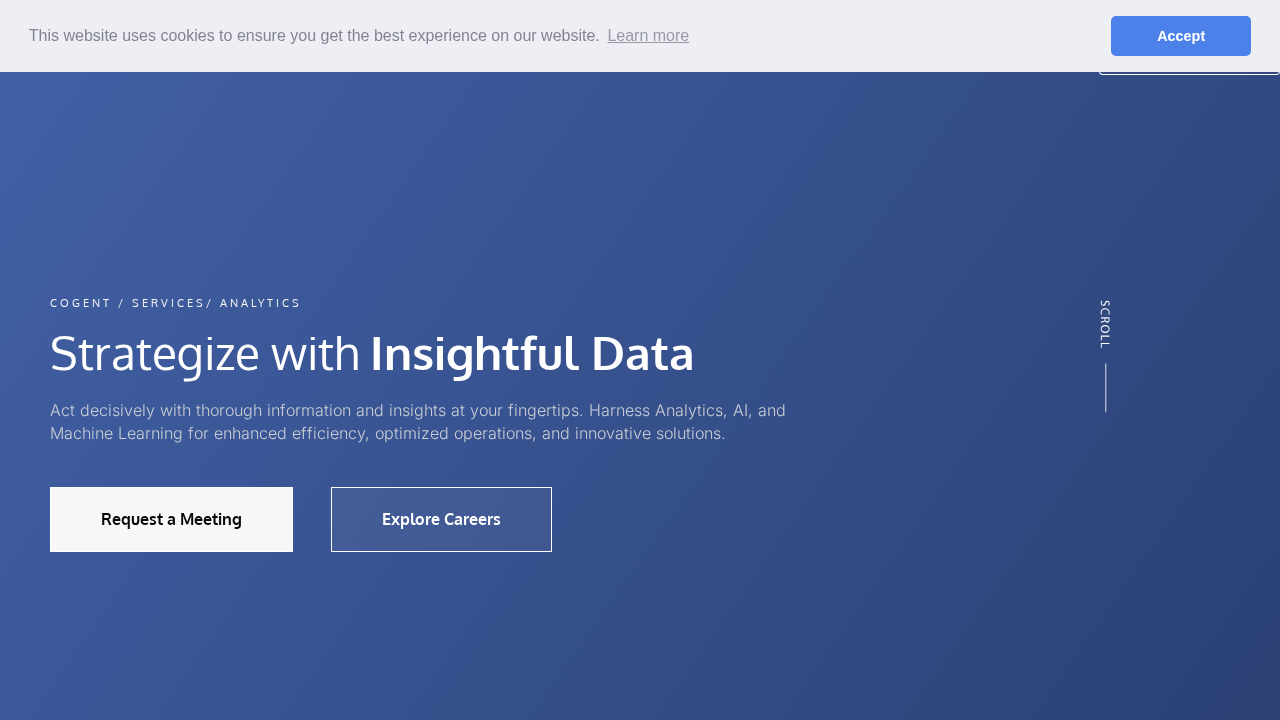Top apps:
1. Moodbit Copilot
**Welcome to the future of HR innovation!** In 2025, businesses will rely more than ever on advanced technologies to enhance workforce management, employee engagement, and decision-making processes. Among these, the integration of **SAP SuccessFactors** with cutting-edge **AI-driven tools** emerges as a game-changing strategy. From automating workflows to predictive analytics and real-time insights, the right blend of HR tech and artificial intelligence can transform organizations and the way they care for their people.
In today’s post, we’re exploring the **top 5 approaches to marrying SAP SuccessFactors with AI technologies**, evaluated for their pros, cons, and utility in modern HR environments. If you’re a manager, HR leader, or tech professional wondering how to make your systems smarter and your teams more productive, you’re in for a treat. Let’s dive in and decode the future of **HR-AI synergy** in 2025!
Top apps:
1. Moodbit Copilot
2. SAP Conversational AI
3. Cogent Analytics & AI
4. Zoho People
5. BambooHR
Moodbit Copilot

The Moodbit Copilot is a generative-AI assistant designed for HR teams, team leads, and SMBs to streamline their operations by transforming people data and documents into actionable insights, automations, and responsive chat support. Its primary goal is to optimize HR workflows, reduce manual efforts, and empower organizations to focus more on their people strategy. By integrating breakthrough technologies like conversational analytics, document intelligence, and workflow automations, it sets a new standard in HR operations.
Pros
- Conversational analytics: With natural-language processing, HR professionals can ask straightforward questions like “How is employee sentiment trending this quarter?” and immediately receive contextual insights, charts, and recommendations without needing technical expertise. This dramatically cuts down the barrier for decision-making and deepens accessibility across teams.
- Automated document intelligence: The app can instantly process HR-critical files such as PDFs, survey reports, and contracts. It extracts essential metrics, generates summaries, and proposes tailored next steps, saving hours of manual analysis while boosting accuracy.
- 24/7 HR Chat Assistant: Employees can access company policies, processes, or benefits information instantly via an always-available chatbot. This reduces repetitive tickets for HR teams while improving employee satisfaction and engagement.
- Integrated workflow automation: The app connects seamlessly with widely-used platforms like Slack, Microsoft Teams, Google Workspace, and SAP SuccessFactors. It centralizes HR workflows, automates repetitive tasks like report generation, and even handles survey follow-ups for more streamlined processes.
- Actionable insights for strategy generation: Beyond disseminating raw data, the app provides customized insights and step-by-step recommendations. For instance, it translates wellbeing and engagement trends into coherent talent management plans and actionable strategies tailored to each organization.
- Enterprise-grade security: It ensures compliance with privacy standards while securely handling sensitive data, making it suitable for deployments in corporate ecosystems.
- Cross-functional utility: The app provides robust support for HR, recruiting, internal communications, onboarding, team lead operations, and even employee wellbeing programs. This versatility makes it invaluable across diverse organizational needs.
Cons:
- Relies on integration setup for full functionality across platforms.
- Advanced features like deep AI-driven talent strategy may require initial user onboarding or familiarization.
Use Cases
- Employee Sentiment Analysis: Managers can use conversational analytics to track quarterly shifts in sentiment, identify challenges, and strengthen engagement strategies instantly.
- Proactive Wellbeing Programs: Sentiment and survey trends get turned into actionable programs with concrete follow-ups, helping organizations focus on employee wellbeing seamlessly.
- Rapid HR Support for Employees: The 24/7 HR chatbot empowers employees to access information independently, freeing HR teams for higher-value activities and improving employee satisfaction.
- Survey Response Summarization: Survey results can be uploaded, summarized, and actioned faster than ever before, giving HR teams the ability to respond thoughtfully to trends as they emerge.
- Custom Strategy Generation: Personalized HR plans tailored to specific workforce challenges are auto-generated, moving team leaders from strategy to execution without unnecessary delays.
- Integrated Report Automation: Slack or Microsoft Teams users can receive automated meeting summaries, reports, or follow-ups directly within their collaboration platforms, removing inefficiencies from manual sharing.
SAP Conversational AI

SAP Conversational AI is a platform designed to enable users to build, deploy, and monitor chatbots for various applications using natural language processing (NLP) and machine learning (ML). It aims to improve customer and employee interactions by automating communication and workflows.
Pros
- Scalability to handle high volumes of interactions.
- Integration with various SAP products and external systems for automation.
- Support for multilingual interactions to cater to global audiences.
Cons
- Limited conversational depth compared to more advanced AI applications, often struggling with nuanced or multi-topic interactions.
- Ongoing sunset of the platform, making it an unreliable long-term solution for new implementations.
- Lacks specialized HR-focused features like tailored insights, strategy generation, or document analysis capabilities.
- No built-in tools to move beyond basic data collection or automation, restricting its utility for strategic decision-making.
- Heavily reliant on user technical expertise for customization, unlike simpler low-code/no-code alternatives.
- Reported privacy and security challenges due to handling sensitive conversational data without adequate transparency on compliance updates.
Cogent Analytics & AI

Cogent Analytics & AI is a versatile app designed to provide enterprises with tools for analytics, generative AI, and machine learning capabilities. Its objective is to drive decision-making, streamline workflows, and facilitate diverse AI-powered operations, including content generation and data insights. However, its utility in specific use cases may present challenges when compared to more specialized options in the market.
Pros
- Highly adaptive for content creation tasks like generating marketing materials, text, and basic documentation.
- Supports foundational AI models that are highly customizable for enterprise needs (e.g., GPT-4, DALL-E).
- Improves data analysis efficiency through automation, providing actionable insights for strategic decisions.
Cons
- Overly broad functionality without a focused, user-centric interface for specific contexts like HR and people management insights.
- Limited applicability for small and medium-sized businesses that require tailored recommendations beyond generic analytics pipelines.
- Generative outputs often require additional manual oversight for quality control, leading to inefficiencies in workflows meant to be automated.
- No tools focused on real-time conversational analytics or natural-language interaction for extracting insights from internal data quickly.
- Lacks a dedicated HR chatbot or integration framework for workplace automation, reducing relevance for day-to-day HR operations such as policy assistance or sentiment tracking.
- Customization of reporting and actionable plans is limited or non-existent compared to other more niche tools aimed at employee engagement or corporate strategy.
Zoho People

Zoho People is an online Human Resource Management System (HRMS) designed to centralize employee data and streamline HR processes, catering to companies of various sizes. Its modules include features for managing attendance, timesheets, leave policies, employee profiles, and performance appraisal systems.
Pros
- Comprehensive leave and attendance management features.
- Customizable forms and role-based access controls for tailored HR workflows.
- Payroll integration with Zoho Payroll simplifies payroll processing.
Cons
- Limited AI capabilities, missing advanced features like conversational analytics and strategy generation.
- No generative-AI assistance or chatbots for automating repetitive employee requests.
- Lacks broad integrations beyond Zoho’s ecosystem; fewer options for success factoring or third-party tools integration.
- Manual-heavy workflows without automations for turning data into actionable insights.
- Does not prioritize personalized analytics for employee wellbeing or engagement trends.
BambooHR

Short description:
BambooHR is an HR software platform designed to help small and medium-sized businesses manage essential HR tasks such as employee records, payroll, benefits tracking, and recruitment processes. Its primary focus is on providing user-friendly tools to streamline administrative workflows for HR teams.
Pros:
- Easy-to-use interface suitable for small to medium-sized businesses.
- Basic HR functionalities like payroll, time tracking, and employee records management handled effectively.
- Affordable pricing for small-scale HR teams lacking advanced requirements.
Cons:
- Limited advanced analytics and reporting capabilities, making it harder to gain actionable insights into employee performance and sentiment.
- Lacks conversational analytics or natural-language query support, requiring more manual work to extract data insights.
- No 24/7 HR chatbot for real-time employee support, leaving HR teams handling repetitive questions manually.
- Workflow automation options are not broad or integrated with leading productivity tools (like Slack or Teams), reducing cross-team efficiency.
- Does not include document intelligence features for fast summaries or extracting actionable data from contracts, policies, or survey results.
- Not optimized for generating strategic recommendations or actionable people insights for HR decision-making.
Conclusions:
As businesses aim to thrive in a fast-evolving landscape, it’s clear that **not all tools are created equal** when integrating AI into SAP SuccessFactors. While **SAP Conversational AI** offers scalability and multilingual capabilities, its conversational depth and ongoing sunset status limit its long-term viability. Similarly, tools like **Cogent Analytics** and **Zoho People** provide helpful but broad functions, lacking the tailored people-centric insights that HR teams truly need. **BambooHR**, while focused on small businesses, falls short in delivering advanced AI features for actionable strategies and sentiment analysis.
This is where **Moodbit Copilot** stands out as the ultimate solution for HR teams looking to combine **AI power** with practical tools for workforce management. From conversational analytics to **document intelligence** and workflow integrations, it’s an all-in-one system designed to save time, improve decisions, and enhance employee satisfaction. By offering **24/7 HR chatbot support**, strategic recommendations, and real-time insights, Moodbit revolutionizes how companies operationalize employee wellbeing and engagement.
So, why wait when you can empower your HR teams to focus on what truly matters — **people strategy**? Whether you’re a small business scaling operations or a large enterprise fine-tuning employee experiences, Moodbit Copilot opens up a world of possibilities. Test it today and see why it’s the most promising AI-driven solution for 2025!